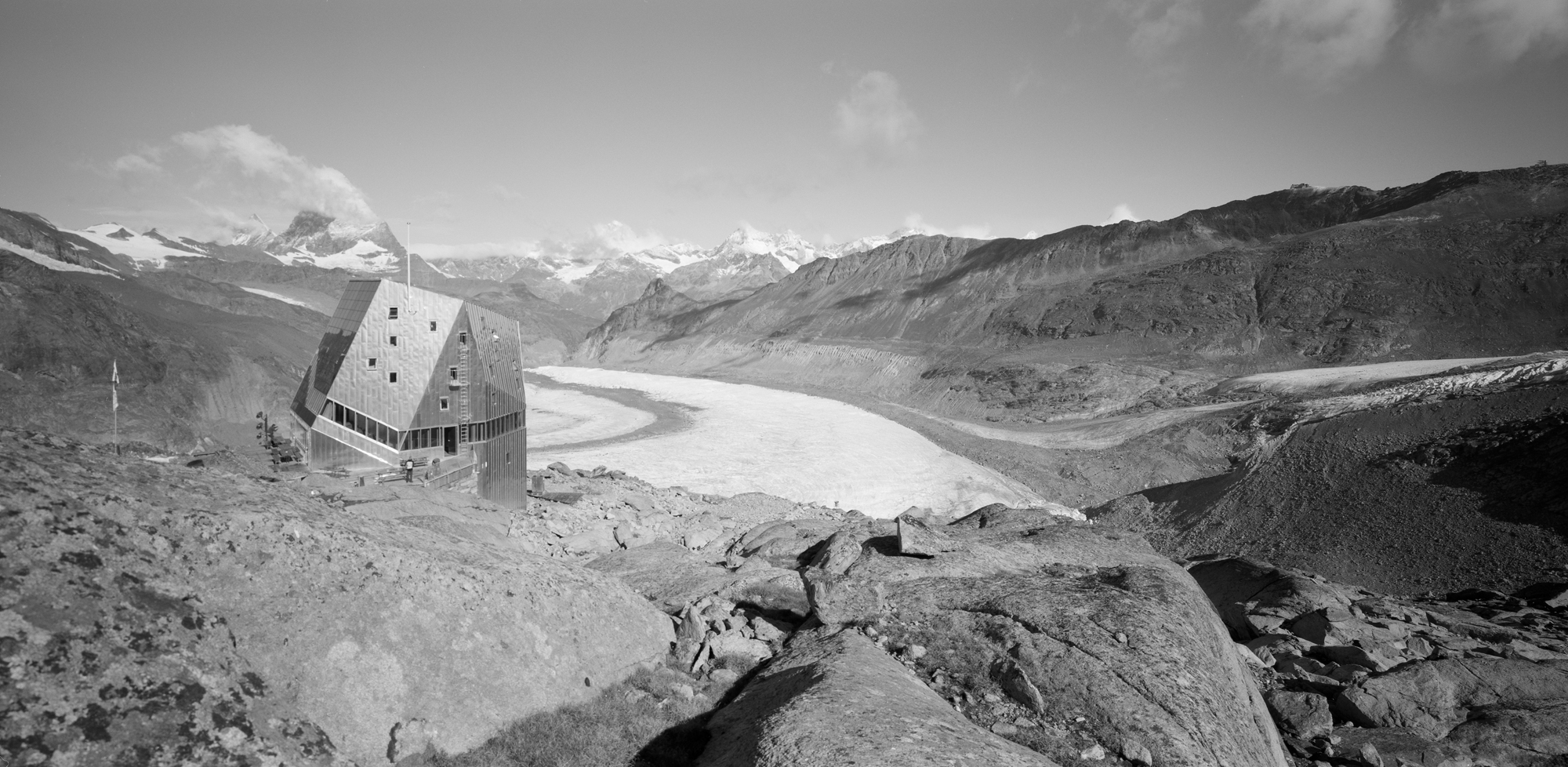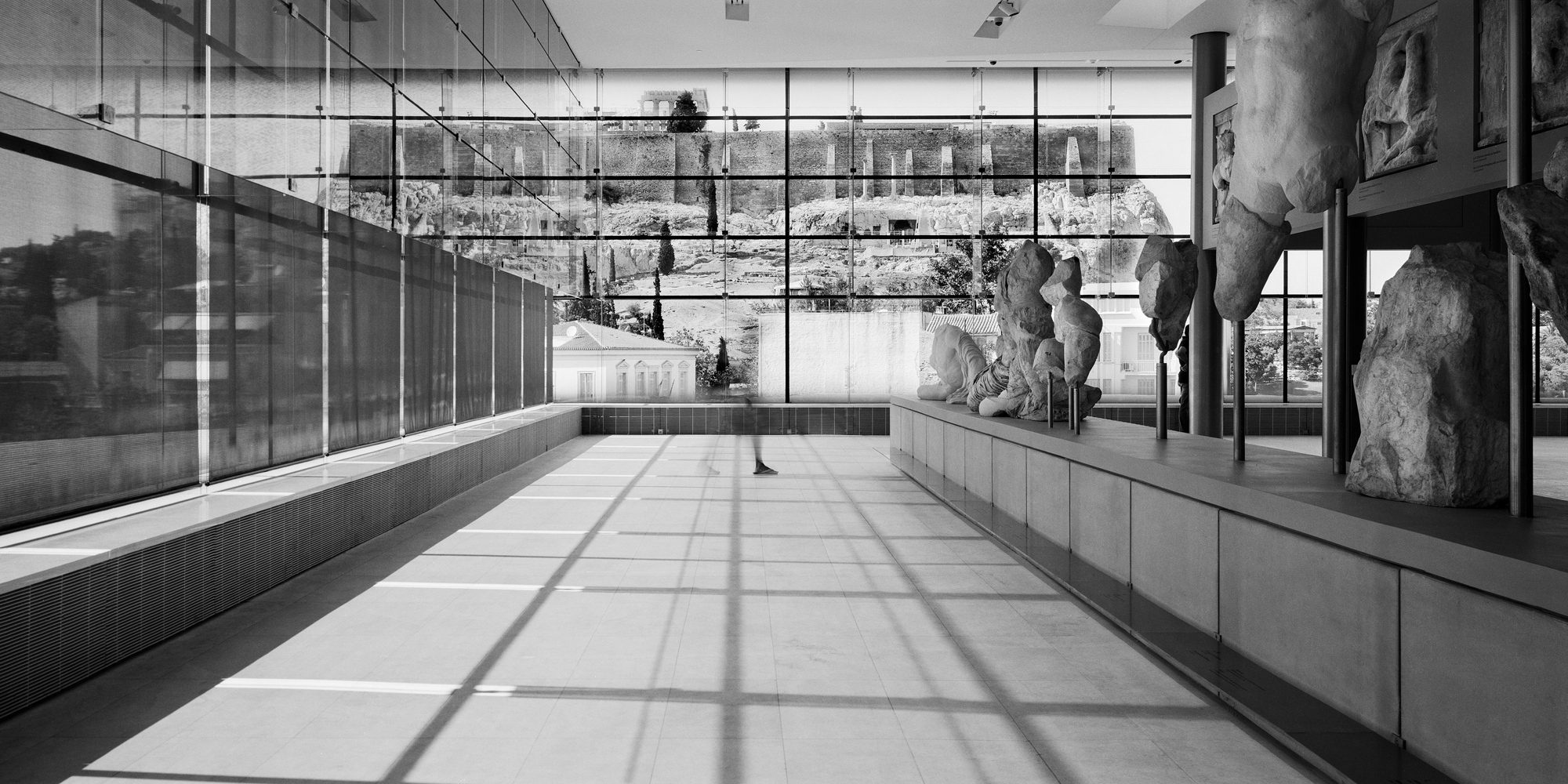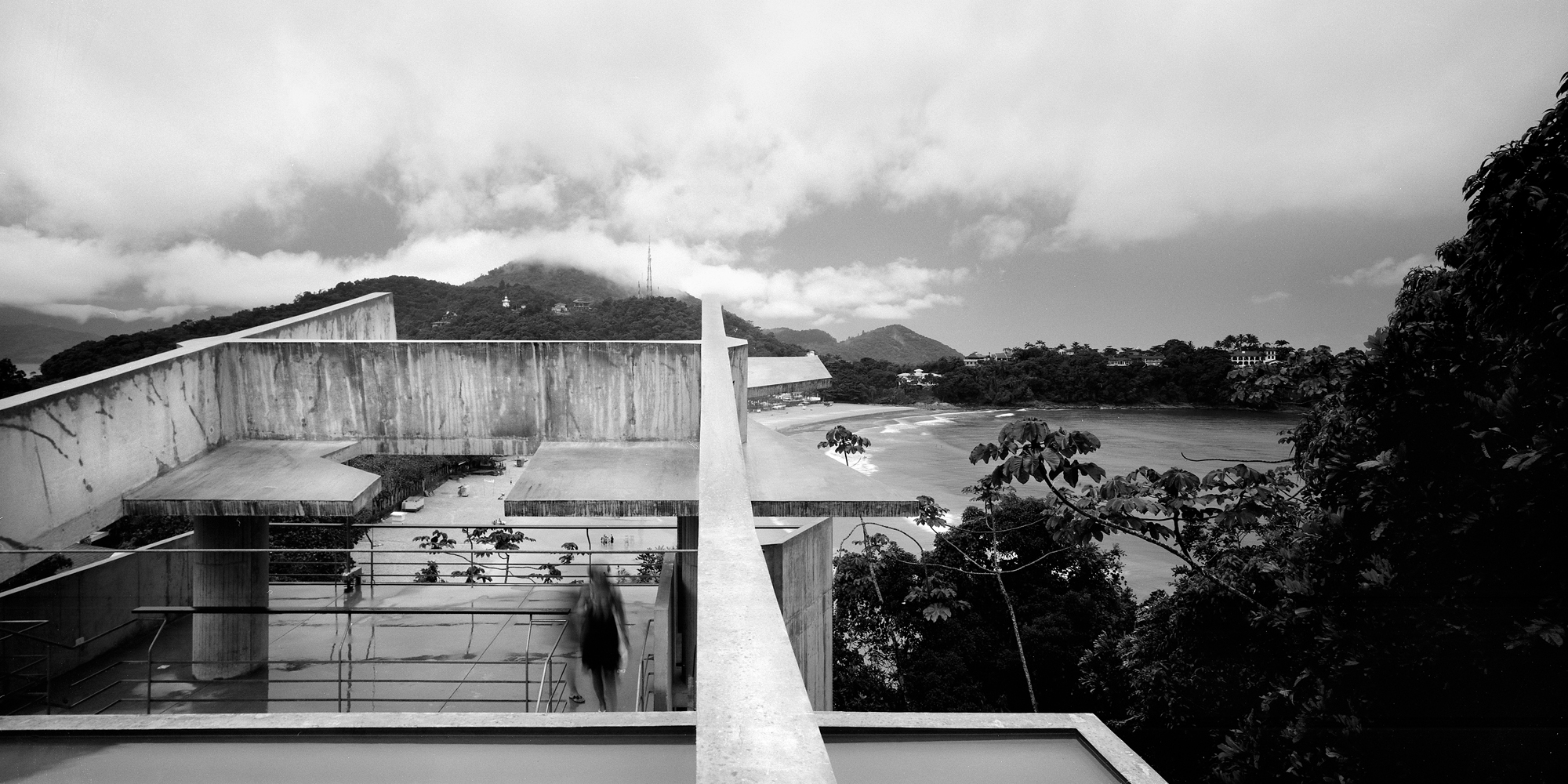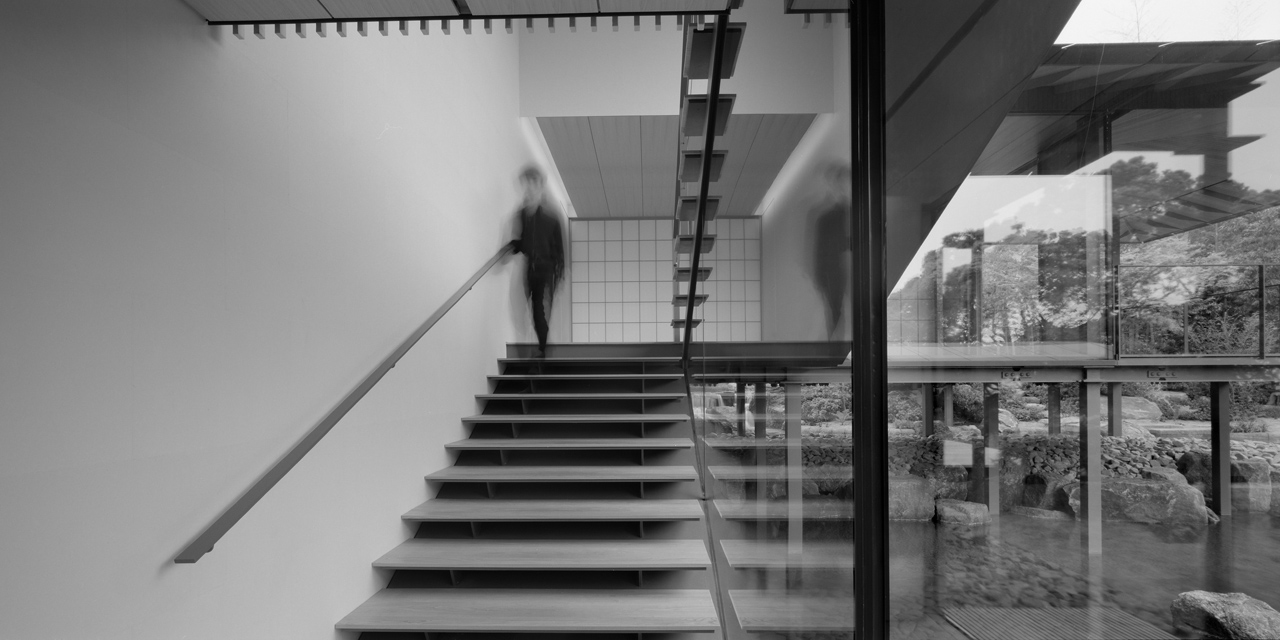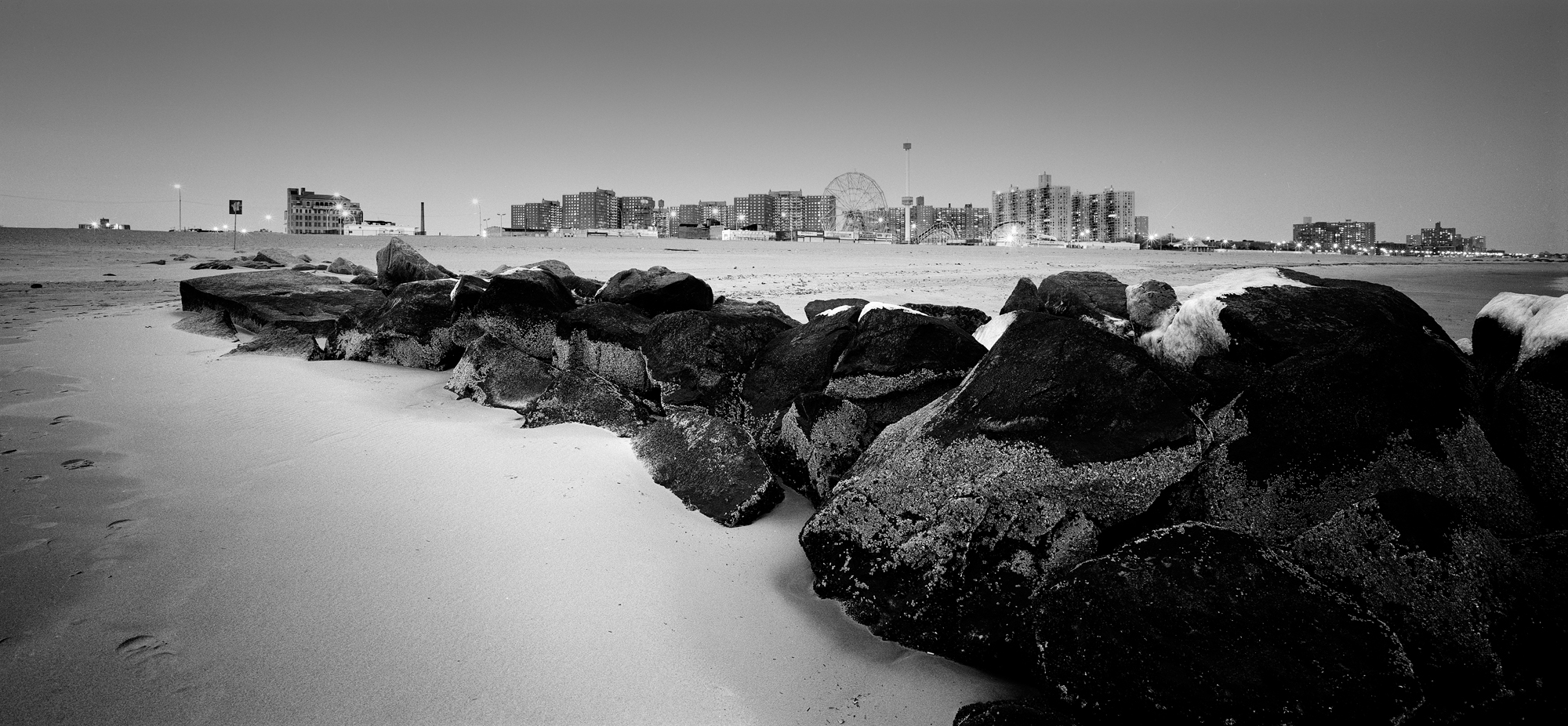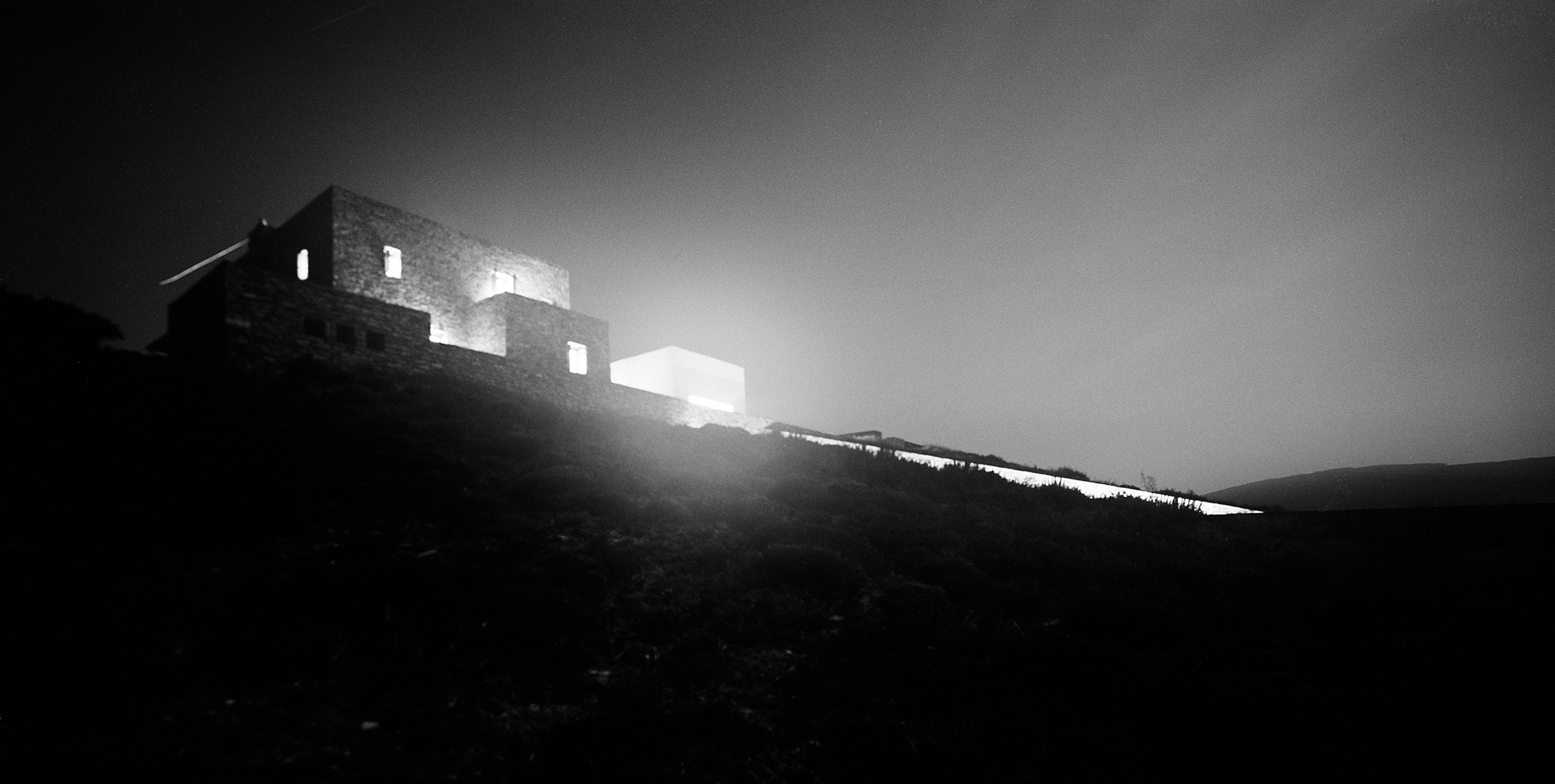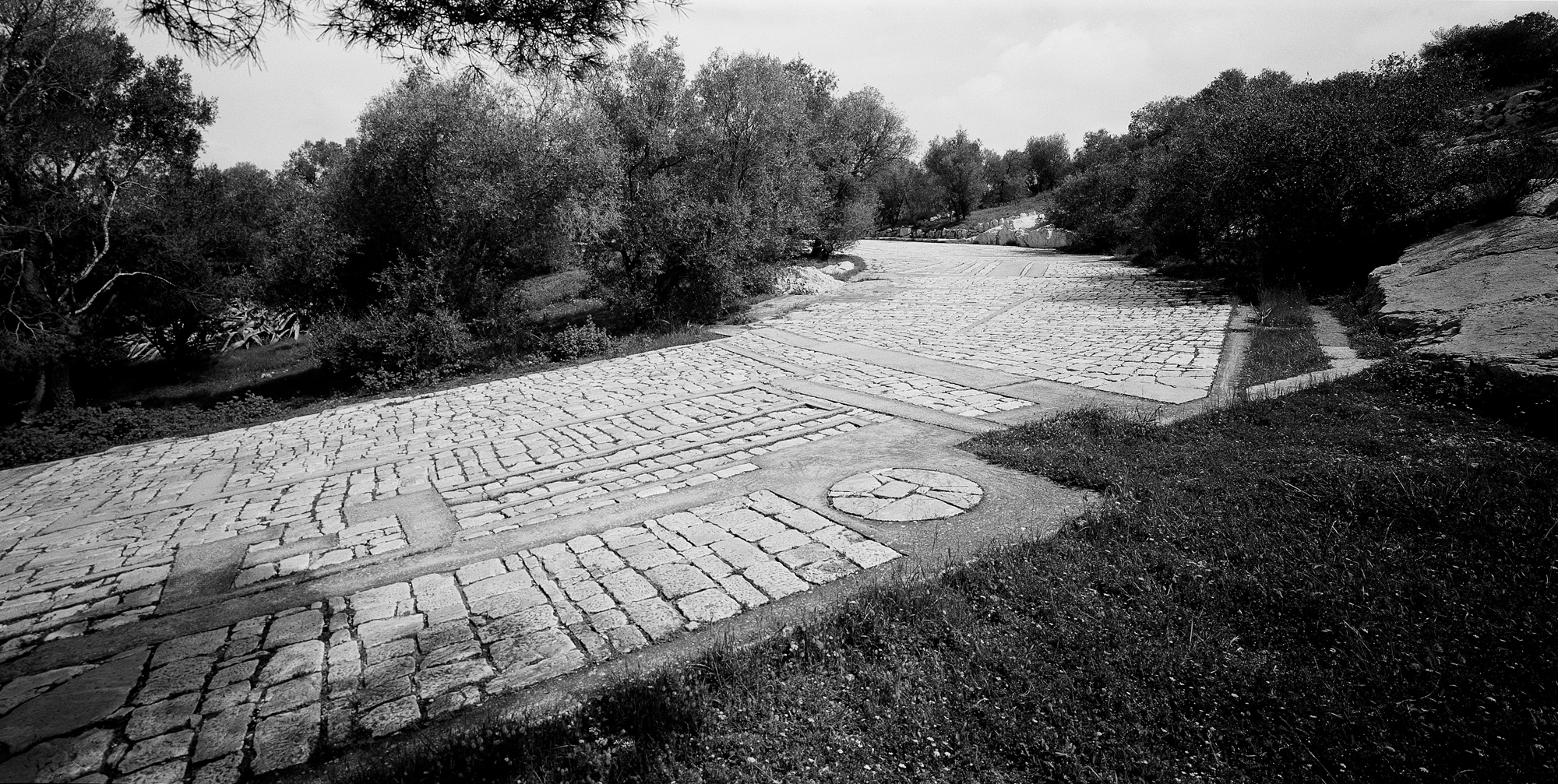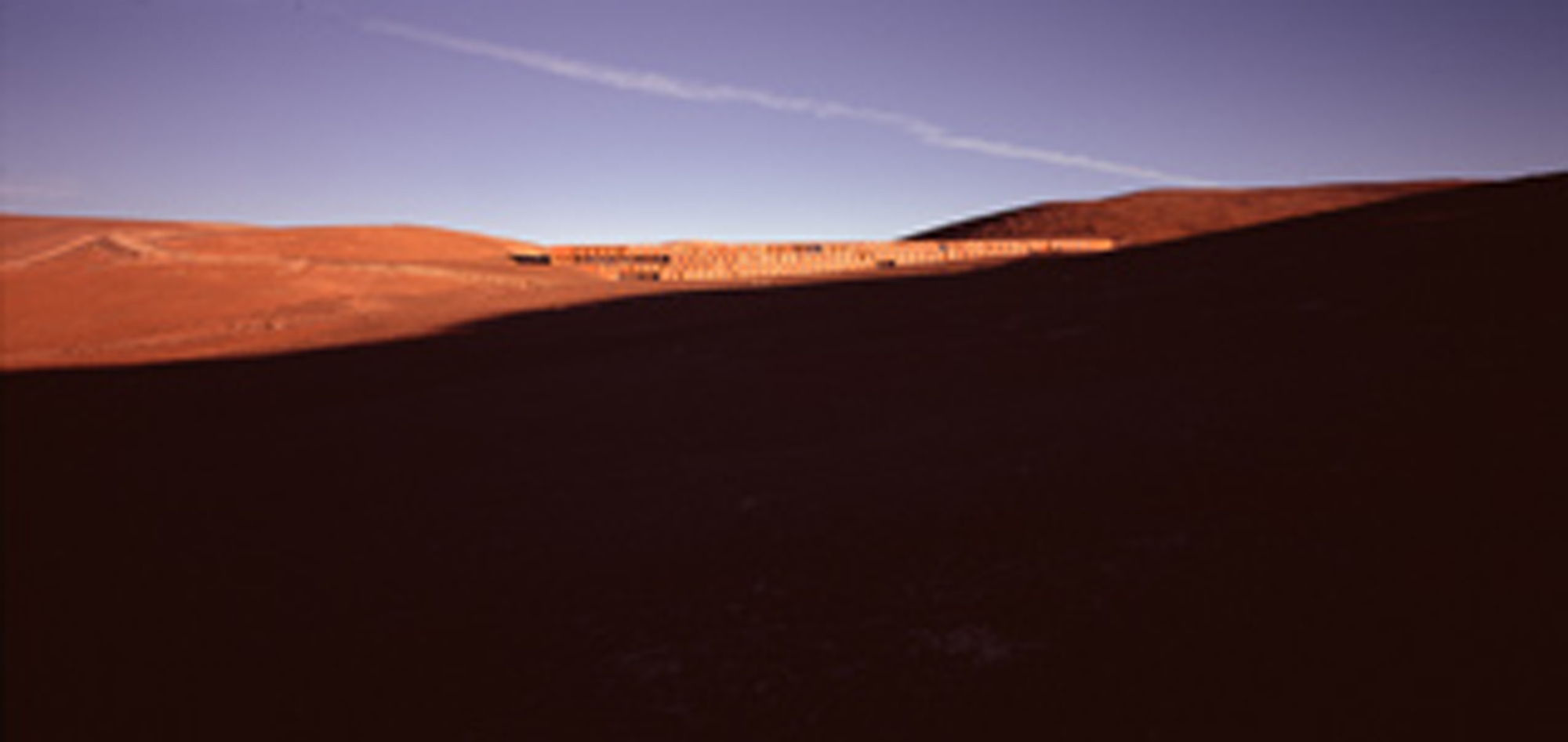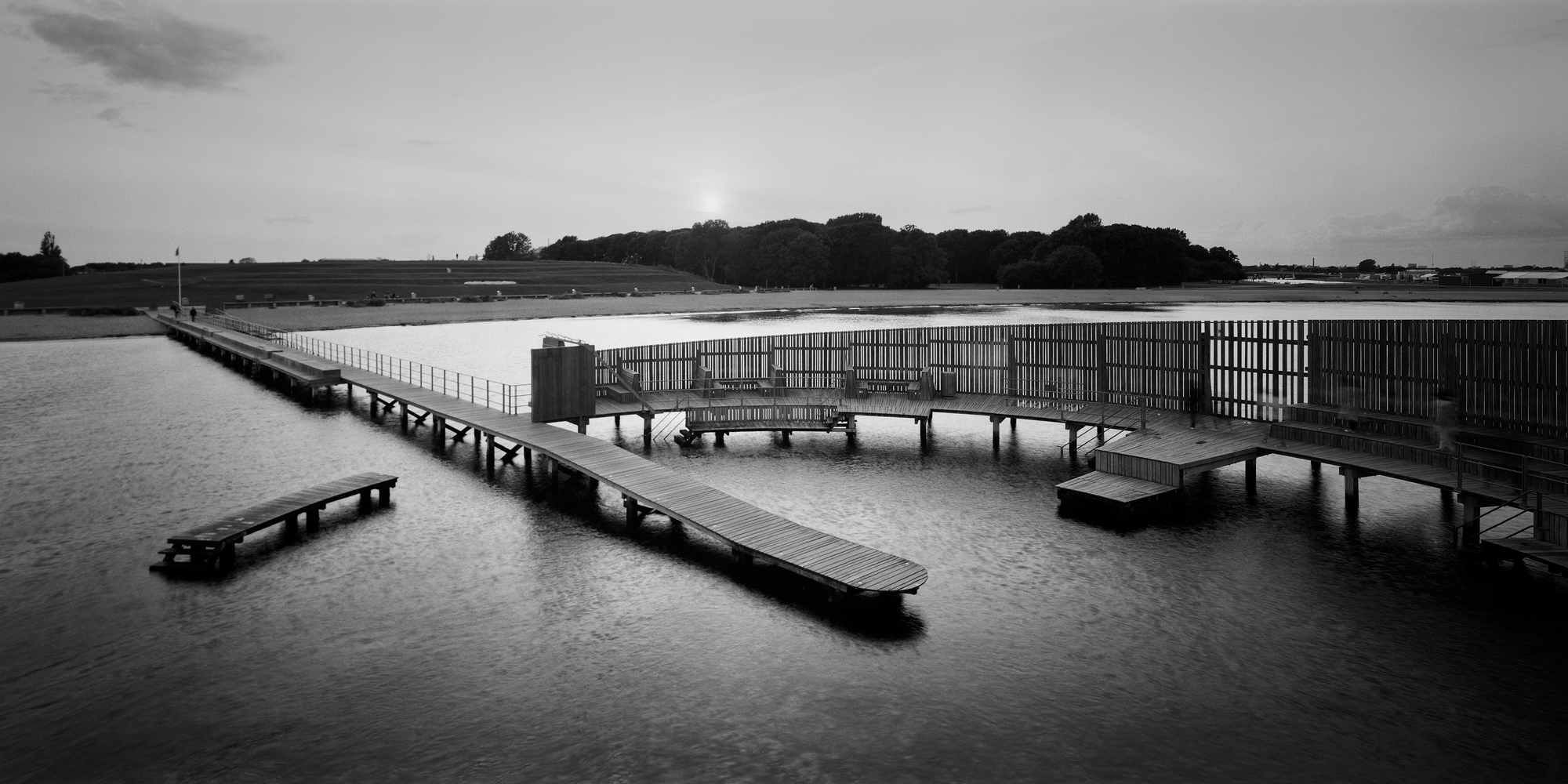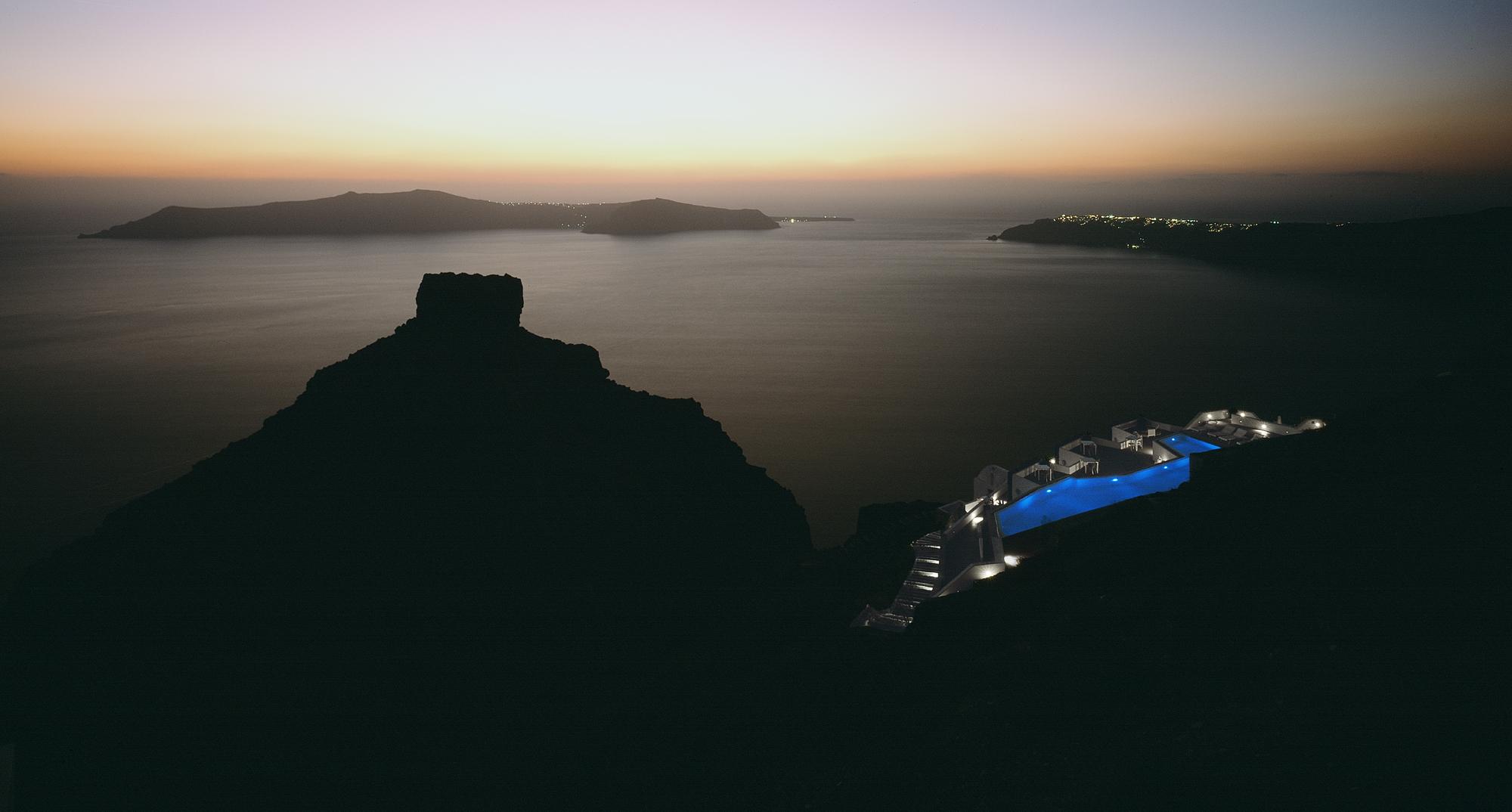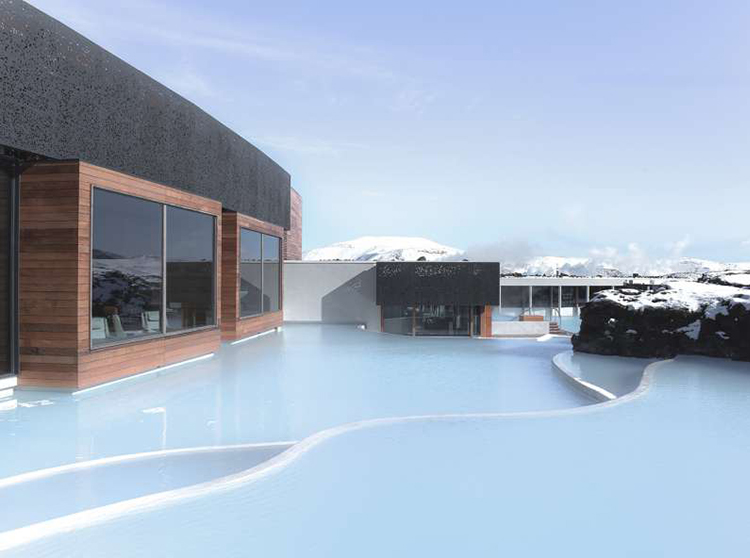Born in Tel Aviv, 1966, Erieta Attali studied photography at Goldsmith’s College, University of London. From 1992 to 2002, she worked in the field of
archaeological photography for institutions such as the British Museum, the National Gallery of London, the Archaeological Museum of Naples, and the Archaeological Museum of Izmir, among others.
Since beginning her career as an architectural photographer in 1998, her work has been published widely, both in monographs and in magazines such Casabella, 2G, Quaderns, Harvard Design Magazine, and Bauwelt. Her work has been the subject of numerous exhibitions, including the Benaki Museum, Athens, [2007] the Royal Danish Academy, Copenhagen, [2005] the Royal Photographic Society, Bath, [1998] and the Museum of Finnish Architecture, Helsinki [1999]. In addition, Attali has been the recipient of numerous awards, including awards from the Fulbright Foundation, the Japan Foundation, and the Graham Foundation for Advanced Studies in the Fine Arts.
Since 2003, she has been an adjunct Assistant Professor of architectural photography at the Graduate School of Architecture, Planning and Preservation, Columbia University, New York. She is currently working on two projects: a photographic survey of Contemporary Scandinavian Architecture, in collaboration with Karin Skousboll, and a monograph on contemporary architecture in South America.
Erieta Attali
Where were you born?
I was born in Tel Aviv.
How did you get started in photography? What made you decide to go in for architecture photography in particular?
I was 15 years old when I decided to become a photographer. At that time I was a long distance runner living both in Athens and in Princes islands, Istanbul. Because of my daily training in forests or mountains I was somehow used toobserve different landscapes, archaeological ruins and abandoned Byzantine churches. Sometimes having long walks on a hidden orthodox cemetery in Chalki's pine forest facing the sea of Marmara was an influence for my future works at the Greek Ministry of culture both as an archaeological and a landscape photographer.
Since the very beginning my wish was to become an archaeological photographer. I spent 12 years offering special photographic services in several museums around Greece, working most times as a head photographer but also working in UK, France, Italy and Turkey. The switch into architectural photography happened in the year 1996 when I was discovered by the well known Greek architecture theoretician Yorgos Simeoforidis. Finally by the end of 2008 I was no longer an archaeological photographer, the decision was made even more clear by the year 2002 right after a phone call announcing the death of Yorgos Simeoforidis.
What is architecture for you?
Architecture for me? What else except architecture and landscape? I couldn't imagine a life without…there is an amazing piece of music by Antonio Carlos Jobim called " Architecture to live" and it sounds even better as "Arquitetura de Morar".
What architects do you appreciate?
I appreciate all the architects I work with. In this coming year I will be exploring new works in Southeast of Asia, Australia and New Zealand. So, I will enrich my experiences by getting to know more architects.
Which one is your favorite photograph - either that you have taken, or that you have seen?
Bernard Plossu has been the first photographer by whom I was deeply influenced. I remember being in Tel Aviv in the year 1987, a moment when I was accepted by the University of Jerusalem in order to study archaeology and conservation but looking at Plossu's photographs I decided to change my plans and go for what my heart desired the most. Becoming a photographer. Since that day of February of 1987, there was a promise to keep..
Could you tell us something about the equipment you use, particularly for architectural and landscape photographs?
Using both Linhof 4X5 inch camera and a Linhof Panoramic 6X12 cm.
Are there any particular pieces of architecture that you would really like to photograph?
It's not about a piece in specific but a whole process throughout life, if a building is of some thousands years old or a contemporary one, doesn't really matter to me. I find all kinds of walls fascinating.
What are your plans for the future?
Keep moving happily and in love with life.















